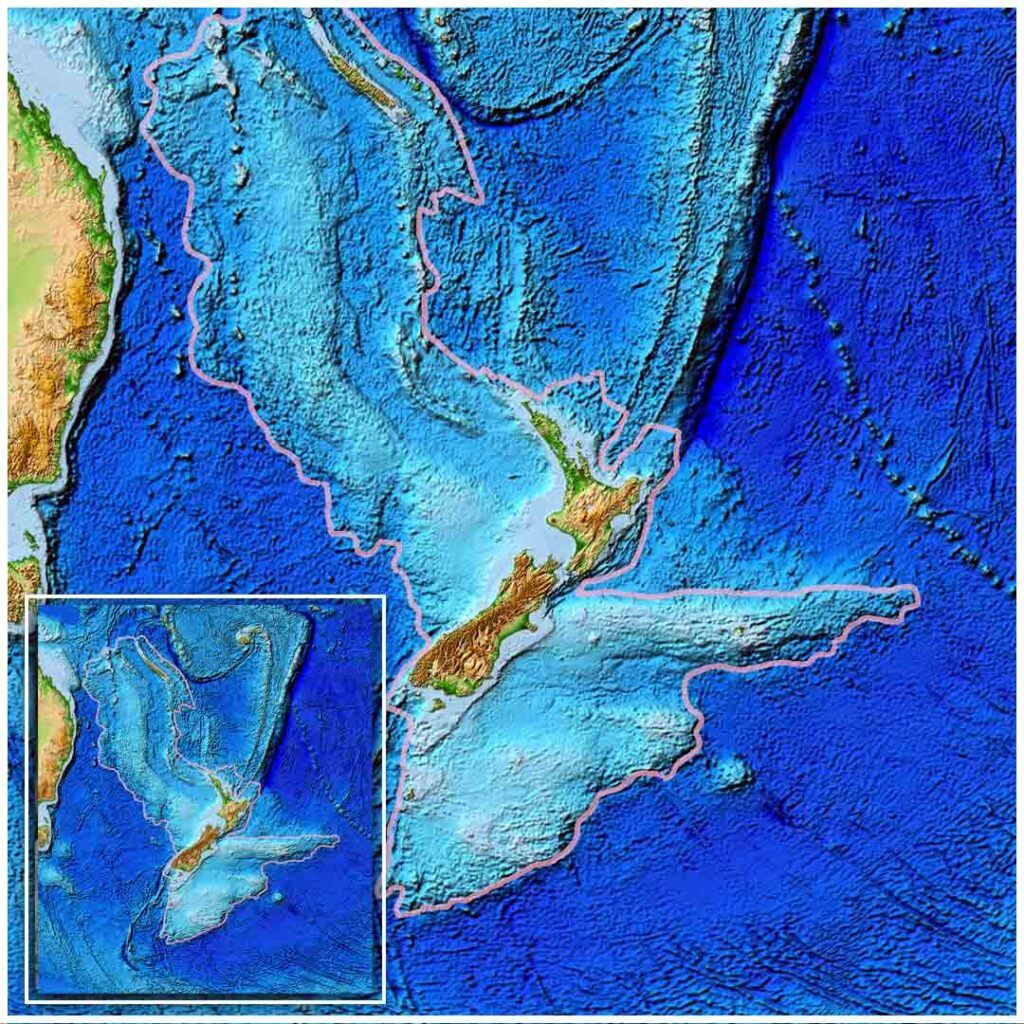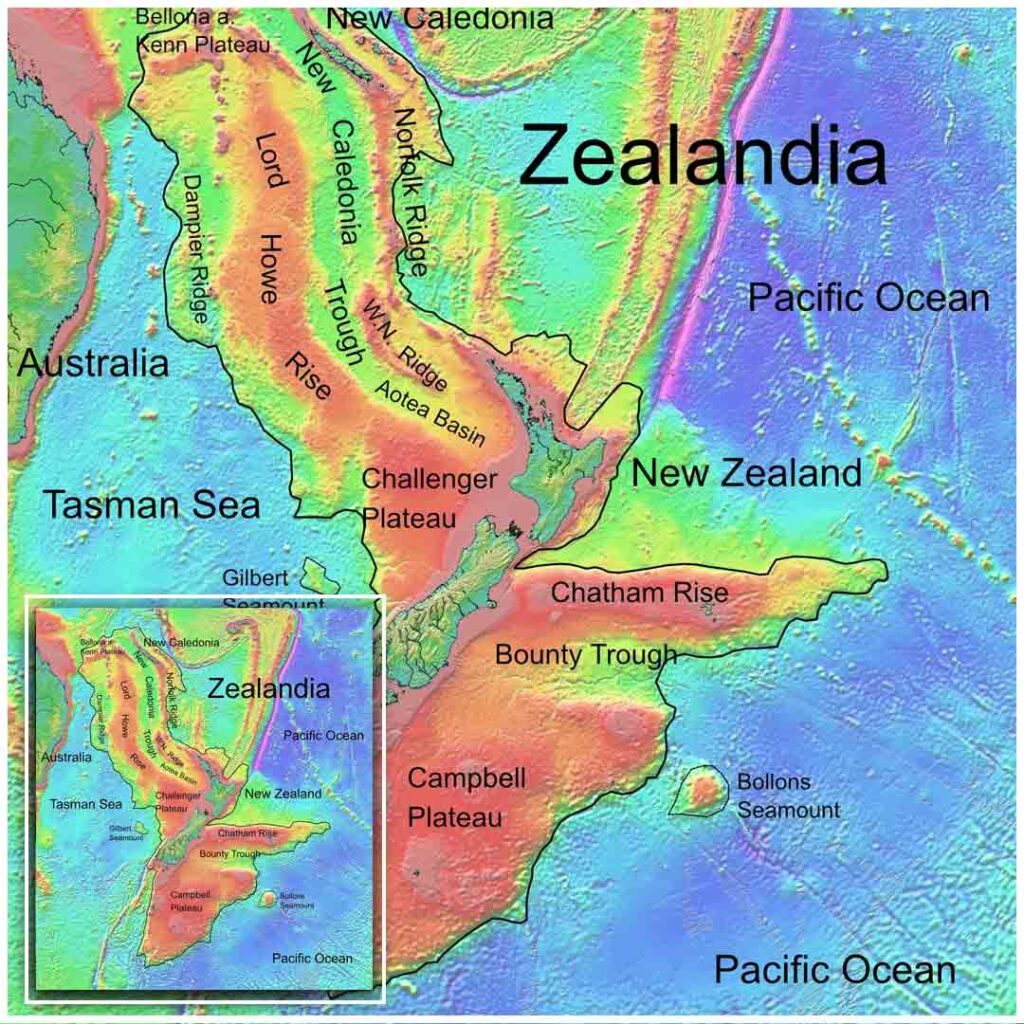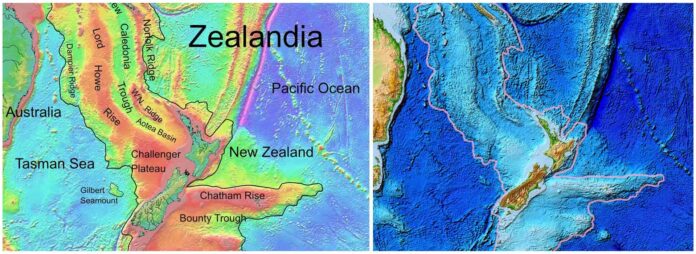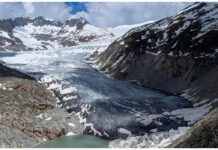In the ever-evolving field of geology and earth sciences, groundbreaking discoveries are rare, and even rarer are revelations that alter the way we view the world’s geography. The unveiling of Zealandia, the “8th Continent,” was one such astonishing discovery that sent ripples through the scientific community and captured the imagination of people around the globe. This incredible revelation is not just a testament to human curiosity but also a reminder of how much we still have to learn about our planet.
The Backstory: A Continent Hiding in Plain Sight
Zealandia, though often referred to as the “new” continent, is far from new in terms of its existence. What is astonishing is that it remained hidden in plain sight for centuries. This submerged landmass was initially proposed as a separate continent in the 20th century, but it wasn’t until recent years that scientists truly began to appreciate the magnitude of what lay beneath the waves.

Geologically speaking, Zealandia is not just an underwater landmass; it meets the criteria to be classified as a continent. It is estimated to be about 4.9 million square kilometers (1.89 million square miles) in size, making it larger than the Indian subcontinent. Yet, only a fraction of it is above sea level, with New Zealand and New Caledonia being the most prominent landmasses.
The Discovery Process
The revelation of Zealandia was a culmination of decades of research, exploration, and the application of cutting-edge technology. Scientists, geologists, and oceanographers from around the world collaborated on this extraordinary endeavor.
One of the key pieces of evidence supporting Zealandia’s classification as a continent was the mapping of its geology and the identification of well-defined geologic boundaries that separate it from the surrounding ocean floor. High-resolution mapping techniques, such as sonar and satellite imagery, allowed scientists to create detailed maps of the seafloor and uncover the submerged continent’s secrets.

Additionally, core samples collected from Zealandia’s underwater plateaus revealed ancient sedimentary rocks, fossils, and other geological evidence that confirmed its continental nature. These findings provided invaluable insights into the continent’s geological history, including its separation from the supercontinent Gondwana hundreds of millions of years ago.
Zealandia’s Significance
The recognition of Zealandia as a continent holds great significance for both the scientific community and the broader understanding of Earth’s geological history. Here are a few key aspects of its importance:
-
Understanding Plate Tectonics: Zealandia’s existence and geological characteristics contribute to our understanding of plate tectonics, the movement of Earth’s lithospheric plates. It provides new data for studying the complex dynamics of these plates and how continents shift and change over geological time scales.
-
Climate Change Insights: Zealandia’s submerged history offers insights into past climate change events, as the rocks and sediments within the continent’s crust hold clues to Earth’s ancient climate conditions.
-
Biodiversity and Ecology: The unique ecosystems and marine life in the region surrounding Zealandia present an opportunity for further study. The isolation of this continent-in-the-making has led to the evolution of distinct species, making it a valuable area for ecological research.
-
Resource Exploration: Zealandia’s seafloor may hold valuable mineral and energy resources. Its exploration and sustainable management could become a focus of future scientific and economic endeavors.
Challenges and Conservation
While the discovery of Zealandia opens up exciting avenues for scientific research and exploration, it also raises questions and challenges, particularly related to conservation and environmental protection. The delicate marine ecosystems surrounding the continent need safeguarding from potential exploitation, and international cooperation will be vital to ensure the responsible management of resources and the preservation of biodiversity.
In conclusion, the unveiling of Zealandia stands as a testament to the enduring curiosity and dedication of scientists who strive to unravel the mysteries of our planet. This extraordinary discovery not only expands our knowledge of Earth’s geological history but also underscores the need for continued exploration and conservation efforts in our ever-changing world. Zealandia, the 8th continent, is no longer hidden in the depths of the ocean; it has emerged as a symbol of the boundless possibilities of scientific exploration and discovery.






















